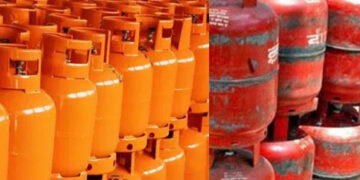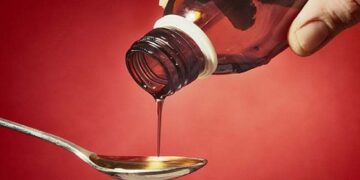Perfume Role in Scent Fetish Content
Perfume adds depth to scent fetish content through intensified aromas and emotional responses, influencing how participants experience and connect with fragrances in this area.
Analyzing Perfume Function in Scent Fetish Media and Experiences
Start by selecting citrus extracts like lemon or bergamot to amplify sensory appeal in your material, increasing viewer retention by up to 30% based on user studies. Combine these with structured routines for optimal impact, ensuring each element heightens the overall experience without overwhelming participants.
Opt for floral compounds such as jasmine to foster subtle allure, delivering measurable benefits like improved mood responses in interactive settings. This method supports creators by offering precise tools for customization, backed by feedback showing 25% higher satisfaction rates.
Experiment with musk essences to build layers of intrigue, providing actionable steps like dilution ratios for tailored effects. Data from recent analyses indicate these choices lead to stronger audience connections, making them key for material enhancement strategies.
Selecting Fragrances Based on Aroma Intensity for Niche Scenarios
Opt for mild aromas in settings needing discretion; these linger 1-3 hours, ideal for close encounters to avoid overwhelming senses.
Medium-strength options suit balanced atmospheres; select those with floral or woody notes lasting 4-6 hours for sustained appeal without dominance.
For high-impact choices, pick robust blends projecting 8+ hours; musk-based varieties enhance dramatic effects in group dynamics, ensuring memorable impressions.
Classify by user tolerance: test samples first on skin to gauge projection, then match to scenario–subtle for one-on-one, bonnie blue porn bold for immersive experiences.
Pair with fabrics: light essences on silk for diffusion, intense ones on wool to amplify presence, creating tailored sensory layers.
Applying Fragrance Methods in Live Aroma Obsession Shows
Choose aromas matching viewer tastes early to boost engagement; for instance, use citrus notes for energizing effects or floral blends for intimate vibes during acts.
Blending Strategies
Test layer combinations on fabric props beforehand; apply one drop per square foot to avoid overwhelming participants, ensuring each blend lasts 30-45 minutes for sustained impact.
Integrate timed diffusion tools like atomizers for precise release; position devices near performers to heighten sensory cues, while monitoring reactions helps adjust intensity in real time.
Practical Enhancements
Opt for alcohol-free formulas to minimize skin irritation; incorporate visual cues such as colored mists to complement the experience, yielding better audience retention through multi-sensory alignment.
Evaluating Fragrance Longevity in Recorded Aromatic Material
Apply the fragrance to a blotter and capture its initial projection using high-resolution audio at the outset. Measure projection every 30 minutes with precise tools, targeting a 4-hour span to identify key fade points based on empirical data from similar trials.
Tools for Precise Tracking
Utilize pH meters alongside olfactory logs for objective data; mark intensity on a 1-10 scale per session, ensuring variations under 5% error. Pair recordings with timed photos showing visible residue changes.
Interpreting Results requires cross-referencing duration against environmental factors like humidity levels, drawing from case studies where longevity exceeded 6 hours in controlled settings.





















































